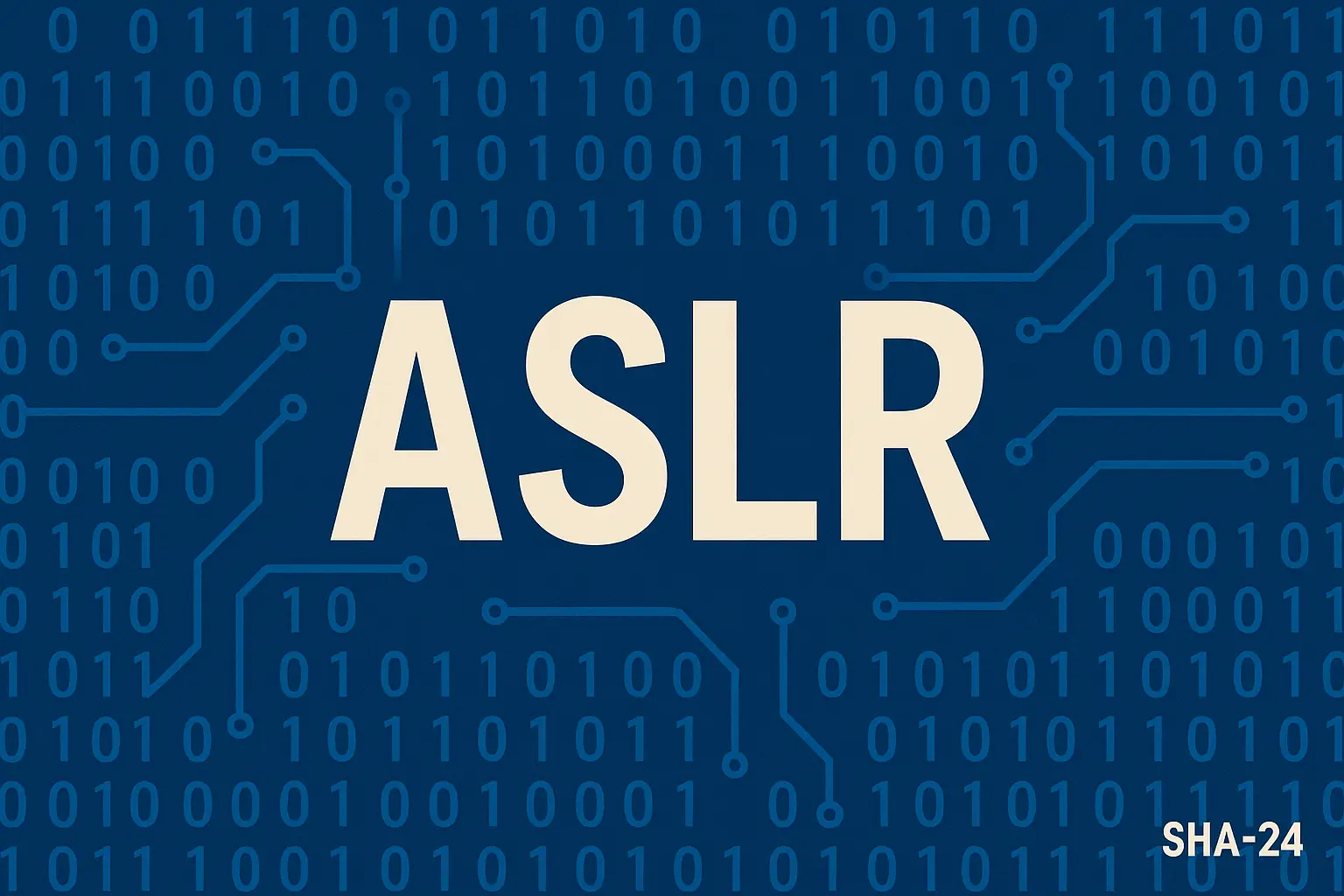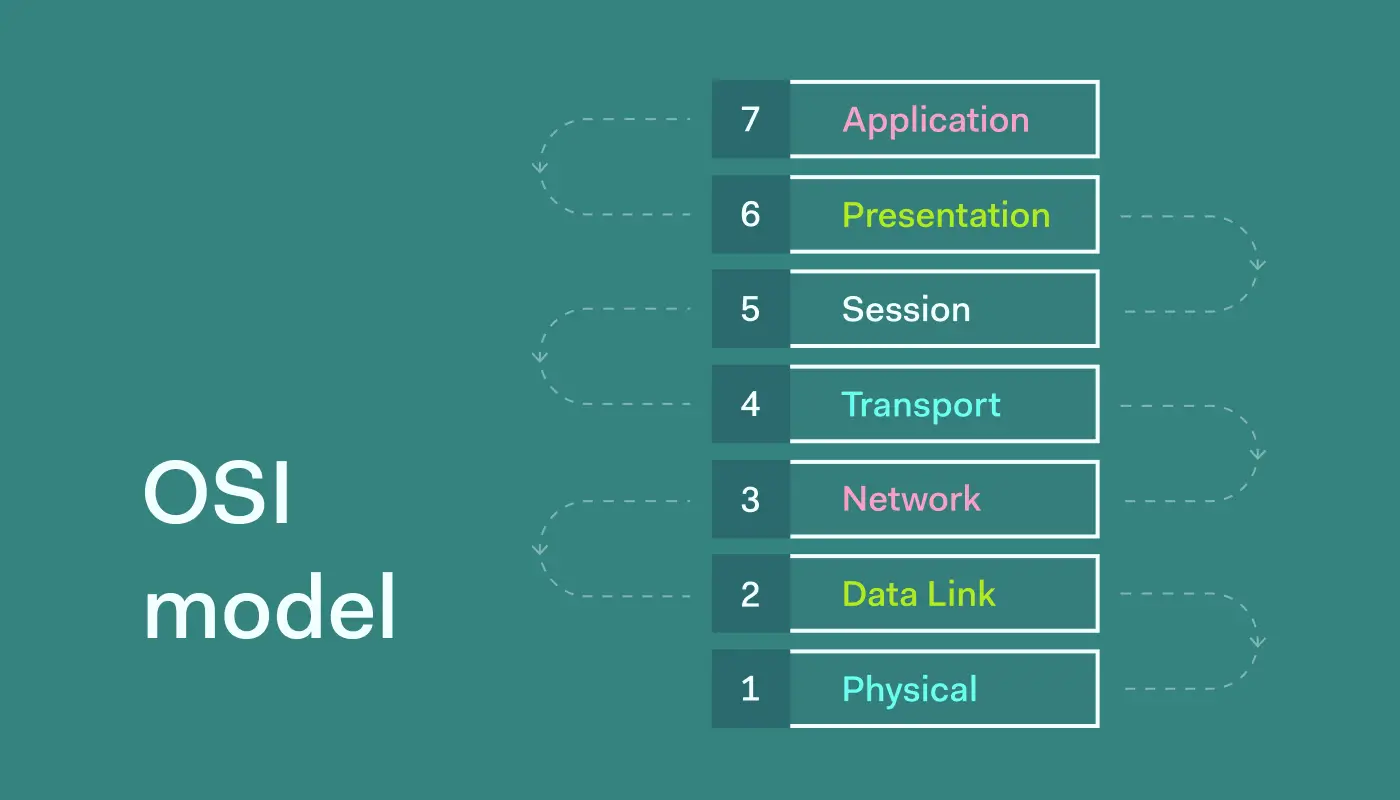Published on Jun 23, 2025
Understanding ASLR: A Modern Security Technique in Operating Systems

In an increasingly complex digital era, information security has become a vital aspect of modern computer systems. One important technique used to improve operating system security is Address Space Layout Randomization (ASLR). This technique is designed to protect systems from malicious attacks by making it difficult for attackers to exploit memory vulnerabilities.
What is ASLR?
ASLR stands for Address Space Layout Randomization, a security mitigation technique that randomizes the location of critical parts of a process’s address space, such as the stack, heap, and libraries. By randomizing these locations each time a program is run, ASLR aims to prevent attacks such as buffer overflows from being predictable.
According to the Microsoft Security Intelligence Report , ASLR has been an essential part of operating systems since its introduction in Windows Vista and is now widely used in various operating systems including Linux, macOS, and Android.
Why is ASLR Important?
ASLR is very effective against memory-based attacks, especially those that attempt to execute arbitrary code by exploiting certain vulnerabilities. Without ASLR, an attacker can predict the exact location of a particular function or data in memory, making it easier to insert and execute malicious code.
With ASLR, predicting such locations becomes nearly impossible without additional information, increasing the difficulty for an attacker.
How ASLR Works
Basically, when a program is executed, the operating system will randomly place key elements in memory. These elements can include:
- Stack: Used to store local data and function flow control.
- Heap: Where dynamic memory is allocated.
- Libraries and Executable Modules: Contains important functions and instructions.
Each execution will have a different address space layout. This means that exploit code that relies on a specific location in memory will not run properly.
A Brief History of ASLR
ASLR was first introduced in the OpenBSD operating system around 2003. Later, this technique was adopted by Windows Vista in 2006, followed by various Linux distributions and macOS. In Android, the ASLR feature was introduced since version 4.0 (Ice Cream Sandwich).
Over time, ASLR has continued to be refined. For example, Full ASLR or Enhanced ASLR which randomizes more parts of the address space.
ASLR in Various Operating Systems
- Windows
- Since Windows Vista, ASLR has been part of DEP (Data Execution Prevention) mitigation.
- ASLR support is extended to Windows 10 with the Control Flow Guard system.
- Linux
- Uses the kernel parameter
randomize_va_space. - Can be configured with values 0 (disabled), 1 (partial random), and 2 (full random).
- macOS
Introduced in macOS 10.5 (Leopard), with improvements as new versions are released.
- Android
Since version 4.0, uses ASLR to secure applications and systems.
Advantages of ASLR
- Increased Security: Makes it difficult for attackers to exploit memory-based bugs.
- Compatible with Other Techniques: Works well with DEP, stack canaries, and more.
- Efficient and Transparent: Does not require changes to existing applications.
ASLR Limitations
While very effective, ASLR is not without its drawbacks:
- Information Leakage: If an attacker manages to read a section of memory, they can bypass ASLR.
- Low Entropy on 32-bit Systems: Limited address space makes randomization less effective.
- Bypass via Brute-force: Especially on systems without additional mitigations.
In a report from the National Institute of Standards and Technology (NIST) , it is stated that: “ASLR should be used in conjunction with other mitigation techniques for optimal protection against memory-based attacks”.
Case Study: Exploits Without and With ASLR
A study from Carnegie Mellon University shows that applications running without ASLR are more likely to be exploited in a short time. In a simulated buffer overflow attack:
- Without ASLR: The average time to exploit is just a few seconds.
- With ASLR: Exploits take hundreds of times longer, and often fail without additional information.
Best Practices for Using ASLR
- Enable ASLR by Default: Make sure your operating system and compiler support ASLR.
- Use a Modern Compiler: GCC and Clang support the
-fPIEand-pieflags for randomized binaries. - Update Your System Regularly: Newer versions of your OS often include security enhancements.
- Combine with Other Techniques: Such as stack protection, DEP, and sandboxing.
The Future of ASLR
Security technology development is increasingly focused on granular randomization and its combination with AI and machine learning to dynamically detect and prevent exploits. In addition, concepts such as fine-grained ASLR and execute-only memory are being tested in various development environments.
For example, Google and Microsoft have researched ways to increase ASLR entropy and prevent modern bypass techniques.
Conclusion
ASLR is one of the most important layers of defense in modern cybersecurity. By randomizing the layout of the memory address space, ASLR prevents attackers from easily predicting the location of critical code or data pointers.
While not a standalone solution, when combined with other mitigation techniques, ASLR can significantly reduce the risk of successful exploits. Users and system administrators are encouraged to always ensure this feature is enabled and understand how it works for maximum protection.
As security experts from MIT put it, “No single technique is perfect, but ASLR is an important foundation for more secure systems.”





